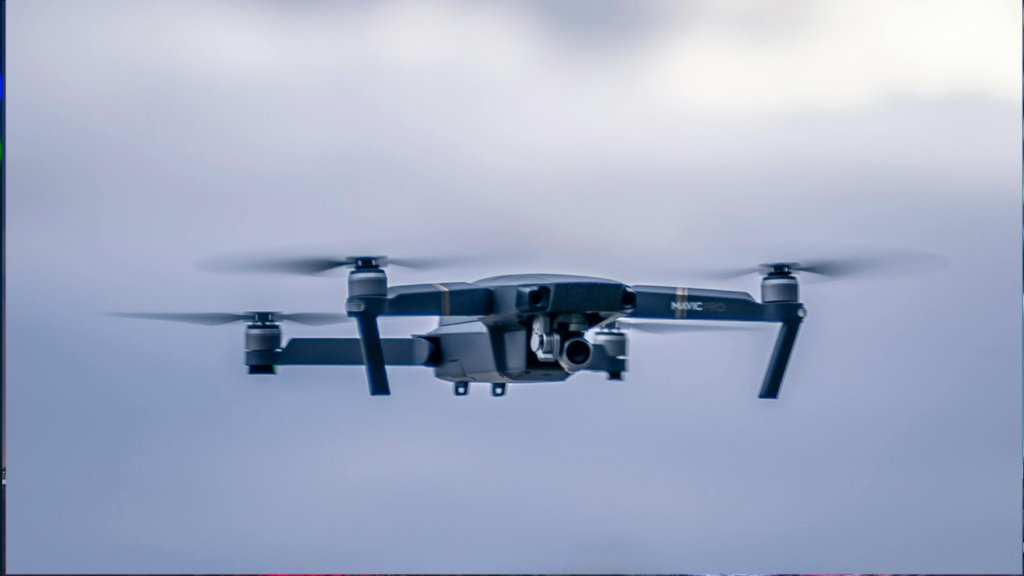The World’s New Largest Navy: The PLAN
The recent ‘China Military Power Report’ released by the Pentagon has recognized a huge milestone for the PLA: they now boast the largest navy in the world. The 2019 report identified China as only having the largest regional navy. The Peoples Liberation Army Navy (PLAN) consists of an overall battle force of around 350 ships and submarines that include 130 sizeable surface combatants. Surface combatants include Cruisers, Destroyers, Frigates and Corvettes. For reference, as of the first quarter of 2020, the US Navy’s battle force consists of approximately 293 ships. This recent benchmark achievement is the latest in a series of attempts by the Chinese Communist Party to become a ‘world-class military’ by the middle of the century. This term was first used by president Xi-Jinping in early 2016, it featured in speeches before a PLA audience to kick off a 5-year development outline that included far-reaching and unprecedented organisational reforms (Fravel:2020).
Military modernization is framed by the CCP as an essential benchmark of being a great power and fulfilling the goal of rejuvenation of the Chinese nation’.This rejuvenation is steeped in the historical consciousness of China whose strategic culture is still greatly influenced by the “century of humiliation” -the time that spans from the conclusion first opium war of 1842 till the ascendency of communist rule in 1949. China is currently attempting to restore its historical regional hegemony and maximise their security by expanding influence and control over its neighbours (Zhao:2015). In recent years it has become increasingly assertive that their authoritarian governmental style and model of affairs is one that is ripe for export on the international stage. Chas Sbragia, Deputy Assistant Secretary of Defense for China, stated in an interview with the American Enterprise Institute that China was arming itself with tools to enable it to achieve hegemonic status in regional affairs. Particularly China sees the PLAN as another practical instrument of statecraft alongside its economic and diplomatic tools. A large navy will play an active role in advancing the PRC’s foreign policy, especially with respect to the PRC’s increasing global interests and aims (CMPR:2020)
How does this compare to potential adversaries?
Whilst the PLAN now has a greater number of Vessels than the US navy, making it the largest Navy in the world, there are numerous other factors to consider when measuring Naval Capabilities. These include tonnage, capacity, capabilities, sophistication, and logistical and communications integration. The US Navy still remains way ahead in tonnage — by about a factor of at least two-to-one over China’s. Furthermore, its comparative advantage increases to a factor of 10-1 when looking at carrier-based airpower(O’Hanlon:2020). As the graph below shows, there are still many key areas where the US has Naval superiority in key vessel types, but the balance of power is shifting in China’s favour. China is the largest ship-producing nation by tonnage and remains engaged in a robust shipbuilding and modernization program that includes submarines, surface combatants, amphibious warfare ships, aircraft carriers, and auxiliary ships as well as developing and fielding advanced weapons, sensors, and command and control capabilities. (CMPR: 2020).
Source: China Military Power Report, US Military in FY 2020
One of these key modernisations is the new Type 096 class of submarines for which construction began this year. Most concerningly it will be able to launch a new generation of Intercontinental Ballistic Missiles that could reach the western seaboard of the United States – all from the safety of China’s own waters. However even more striking than the PLA’s staggering amounts of shiny new military hardware is the expansive restructuring of the PLA into a more mobile, combat-ready force. The most salient example of this has been the re-organisation of the PLAN Marine Corps, previously underappreciated in China, into developed, modularized, combined arms formations. This greatly enhances the capability of brigade and battalion level units to operate independently. Whilst these transformations are undoubtedly being watched with heightened nerves in Taipei, they also have a more long-term aim of projecting power further afield using larger amphibious ships newly developed by the PLAN(Yu Lin: 2020).
Future strategic focus
The build-up of conventional naval forces has enabled China to carry out more assertive peacetime strategic posturing and power projection in the South China Sea. However, the true threat to the territorial integrity of its neighbours may derive from unconventional sources. Blurring the lines between civilian and military, China operates a plain-clothed PLA fishing fleet that shares similarities with the unidentified Russian ‘Little Green Men’. These aptly named Little Blue Men are fishing fleets armed by and trained with the PLA. Last month, the PLA even tested the use of civilian heavy-lift ships as floating landing pads for army helicopters (Stashwick: 2020). If there is to be conflict around the reefs and atolls of the South China Sea these civilian crafts could significantly increase the operational capabilities of the PLA’s helicopters. These developments have set a dangerous precedent for interactions in such a contested region. Clouding the lines between what is a civilian and military target will end poorly and the risk of escalation is high. The PLA’s maritime militias have been active in the last year violently ramming and pushing out rival fishermen from Vietnam and the Philippines. An extra barrier between the CCP and these fishermen provide the Central Government with an additional layer of plausible deniability. Even as the fishermen are allegedly being directed through 4G communication arrays built on the contested island reefs of the Spratly islands.
Bibliography
- American Enterprise Institute. (2020). Assessing China’s military: DOD’s China Military Power Report. [Online Video]. 1 September 2020. Available from: https://www.youtube.com/watch?v=j08oID19wSc. [Accessed: 21 September 2020].
- Dahm, J. 2020. Beyond “onventional wisdom”: evaluating the PLA’sSouth China Sea bases in operational context: War on The Rocks. [Online]. [23 September 2020]. Available from: https://warontherocks.com/2020/03/beyond-conventional-wisdom-evaluating-the-plas-south-china-sea-bases-in-operational-context/
- Fravel, M.T., 2020. China’s “World-Class Military” Ambitions: Origins and Implications. The Washington Quarterly, 43(1), pp.85–99.
- O’Hanlon, M, 2020. What the Pentagon’s new report on China means for US strategy — including on Taiwan. Brookings Institute [Online]. [22 September 2020]. Available from: https://www.brookings.edu/blog/order-from-chaos/2020/09/04/what-the-pentagons-new-report-on-china-means-for-u-s-strategy-including-on-taiwan/
- Office of the Secretary of Defence, 2020. Military and Security Developments involving the Peoples Republic of China Annual report to congress: https://media.defense.gov/2020/Sep/01/2002488689/-1/-1/1/2020-DOD-CHINA-MILITARY-POWER-REPORT-FINAL.PDF
- Stashwick, S. 2020. Chinese Military Experiments With Using Commercial Vessels as Helicopter Bases: The Diplomat. [Online]. [22 September 2020]. Available from: https://thediplomat.com/2020/08/chinese-military-experiments-with-using-commercial-vessels-as-helicopter-bases/
- Xiaobo, L. 2020. Sino-Us naval warfare capabilities amid great power competition: CSIS. [Online]. [22 September 2020]. Available from: https://amti.csis.org/sino-u-s-naval-warfare-capabilities-amid-great-power-competition/
- Yu lin, Y. 2020. New Wine Into New Wineskins: The Evolving Role of the PLA Navy Marine Corps in Amphibious Warfare and Other Mission Areas. [Online]. [22 September 2020]. Available from: https://jamestown.org/program/new-wine-into-new-wineskins-the-evolving-role-of-the-pla-navy-marine-corps-in-amphibious-warfare-and-other-mission-areas/
- Zhao, S., 2015. Rethinking the Chinese World Order: the imperial cycle and the rise of China. The Journal of contemporary China, 24(96), pp.961–982.



